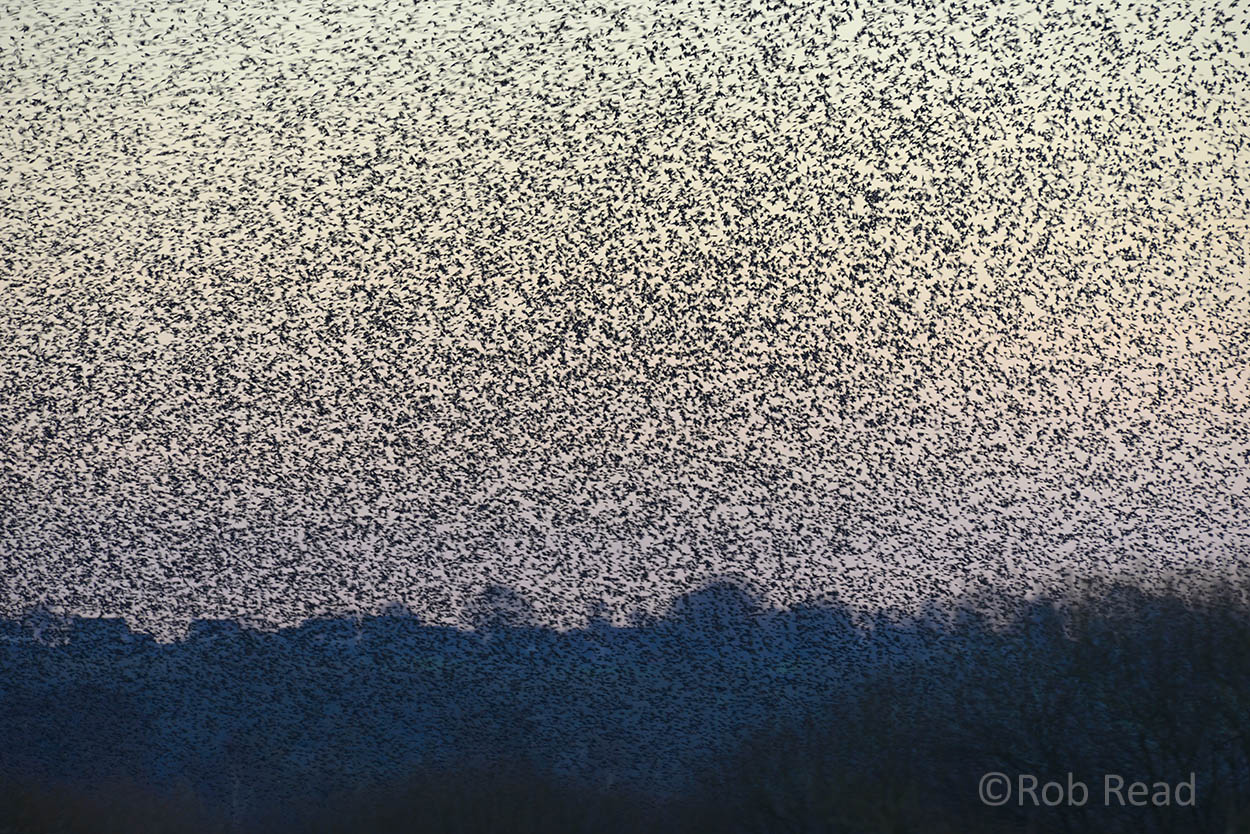12. Bird Photography in the UK - top 5 destinations
For most people, bird photography is a solitary pursuit not a group pastime – for pragmatic as well as aesthetic reasons. Most photographers will have their own ‘patch’ where they can do their own thing. But there are UK locations where the presence of other photographers affects neither the birds nor an individual’s ability to take images. Here are a few suggestions - a mix of locations where a single species is the star of the show and where the spectacle of numbers is more important than individual birds.
a. Gigrin Farm
Located near Rhayader in central Wales, Gigrin Farm operates a Red Kite feeding station. Nowadays it is not unique in that regard but from a photographic point of view Gigrin Farm is like no other. The location has stunning backdrop and aspect, and feeding is timed to coincide with perfect afternoon light, especially good from late autumn to early spring. If you are lucky with the weather, you can hone your skills with flying birds, wheeling and circling overhead and performing spectacular dives. In addition to the kites, Ravens and Buzzards also put in an appearance.
An established pattern of afternoon feeding at Gigrin Farm in Wales provides amazing opportunities to photograph Red Kites in flight. ©Paul Sterry/BPOTY
b. Bempton Cliffs
Located on the Yorkshire coast, these magnificent chalk cliffs are protected by the RSPB and during the breeding season (roughly April to September) they host an estimated half a million seabirds. Trails and viewing points afford superb views of nesting and flying birds. Gannets are the stars but there are also significant populations of Kittiwakes, Puffins, Guillemots and Razorbills. If you visit at first light then there is a chance of photographing backlit Gannets strolling around on cliff top gathering vegetation for their nests. Late afternoon is arguably the best time for flight shots, because the light will be behind you. And windy days are often the superb because birds are more likely to ride the updraught and hang in the air.
Gannets are among the photographic highlights of a visit to the RSPB’s Bempton Cliffs reserve on the Yorkshire coast. ©Paul Sterry/BPOTY
c. Ham Wall
The RSPB’s Ham Wall Nature Reserve is a fine example of Somerset Levels wetlands habitats, with swaying reedbeds and open water, set against a backdrop of Glastonbury Tor. In spring, nesting species include Reed and Cetti’s warblers, Bittern, Grey Heron and Marsh Harrier; in recent years Great White Egrets are an added attraction. Several duck species nest on the reserve but numbers and diversity build up outside the breeding season. The winter months provide great opportunities for wildfowl flight photography but it is for its Starling roost, and associated murmurations, that Ham Wall is best known. It is hard to estimate numbers but tens of thousands of birds are usually involved. The RSPB operates a ‘Starling Hotline’ to inform potential visitors about timings and locations; search online for details.
Murmurations can involve hundreds of thousands of Starlings - surely one of nature’s most spectacular events. ©Rob Read/BPOTY
d. Snettisham
Although pleasant enough, Snettisham sits on a rather unremarkable stretch of coastline overlooking the vast expanse of The Wash. But for a few hours on just a few days of the year it undergoes a transformation and becomes a World class birdwatching and photographic destination. Outside the breeding season, and during periods of particularly high tides, it hosts the so-called ‘Snettisham Spectacular’ where tens of thousands of waders (mainly Knot, Oystercatchers and Bar-tailed Godwits), driven by rising tides, take to the air in tight formation. On a good day, most end up flying over observers to spend a brief period beside lagoons at the RSPB Snettisham Nature Reserve. Many people come to witness the spectacular at dawn high tides. But if you arrive for an evening ‘spectactular’ you are in for a treat. Snettisham is of the few places on the east coast of England where the sun sets over the sea; if you are lucky with the weather you can photograph formation-flying waders against the fiery glow of the setting sun. RSPB publish details of when the best events are likely to occur. Search online for ‘Snettisham Spectacular’ for more details.
Wader flocks at Snettisham, Norfolk photographed at sunset. ©Paul Sterry/BPOTY
e. Skomer
Leased and managed by The Wildlife Trust of South and West Wales, Skomer is a magical seabird island lying just off the Pembrokeshire coast. Day visits operate during the breeding season and short stays are possible by arrangement. Due in part to a requirement that visitors stick to designated paths, the birds are typically fearless and provide outstanding opportunities for photography. The Puffins are the stars of the show, but there is a supporting cast of Razorbills, Guillemots and Lesser Black-backed Gulls. Manx Shearwaters, which breed in large numbers, are nocturnal visitors to Skomer and only encountered if you stay overnight.




